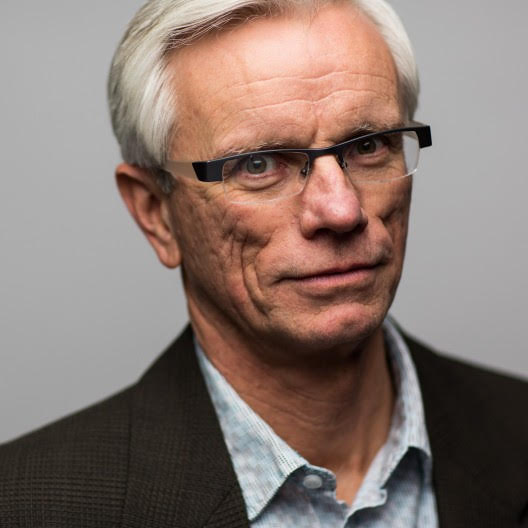Presented on April 10, 2024, by

Jia-Yuh Yu, Professor
Department of Atmospheric Sciences
National Central University
Taiwan
ABSTRACT
Using the fifth generation European Center for Medium-range Weather Forecasts (ERA5) reanalysis data, we present a detailed examination of the climatological features of convectively coupled Kelvin waves (CCKWs) over the Indian and Pacific basins. The composited horizontal structure of Indian CCKWs resembles the theoretical Kelvin waves, with a maximum wave response at the equator. In contrast, the Pacific counterpart exhibits a very different pattern, characterized by a significant northward shift of the convective center, along with enhanced meridional winds and a relatively stronger wave response. The moist static energy (MSE) budget analysis is conducted to elucidate the physical factors that control the energetics of CCKWs. Despite the marked contrast in horizontal structure between Pacific and Indian CCKWs, the energy cycle and the physical factors that maintain this cycle are rather similar. During the recharge period (days -2 and -1), the column process (including vertical MSE advection, apparent heat source and moisture sink) functions to destabilize the atmosphere by importing the MSE; while the horizontal MSE advection tends to destabilize the atmosphere on day -2 but starts to stabilize the atmosphere earlier on day -1. During the discharge and transition period (from days 0 to +2), the column process functions to stabilize the atmosphere by exporting the MSE; while the horizontal MSE advection inclines to stabilize the atmosphere on days 0 and +1 but again starts to destabilize the atmosphere earlier on day +2. The leading of horizontal MSE advection to the recharge-discharge cycle clearly points out the importance of the former in driving the eastward propagation of CCKWs. Both the horizontal MSE advection and column process are vital in maintaining the energy cycle of CCKWs, as they often take turns leading the role in recharging and discharging the atmosphere.
BIO
My research interests focus on climate variability and oscillation involving complex interactions between cumulus convection, large-scale circulation and radiation. Specific topics include (1) developing a physically-based, convective quasi-equilibrium (CQE) theory for climate variability and oscillation as well as climate change studies; (2) exploring the dynamics and energetics of cloud-radiation-circulation interactions in tropical convectively-coupled waves and oscillation (e.g., Kelvin wave, Rossby wave, Madden-Julian Oscillation and El Niño/Southern Oscillation) in both the present and future warming climate states; (3) projecting the potential impacts of global warming on TC activity (including genesis frequency, intensity and track) over the Western North Pacific and South China Sea.




